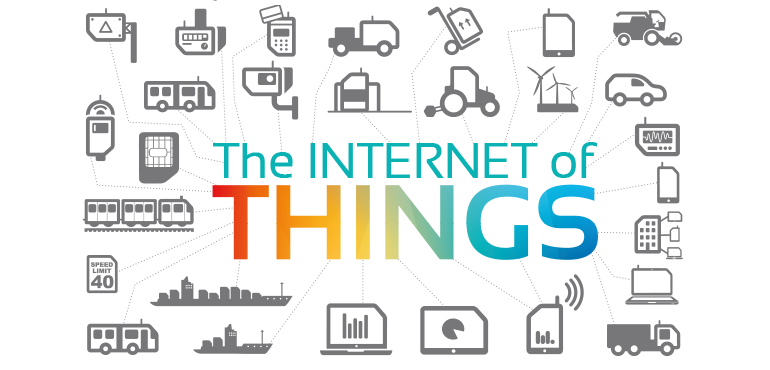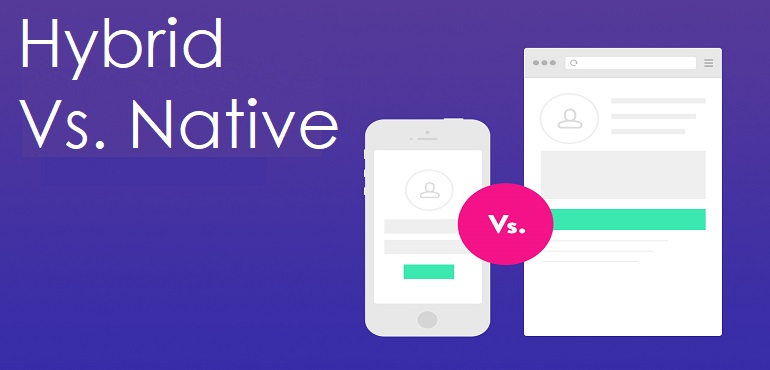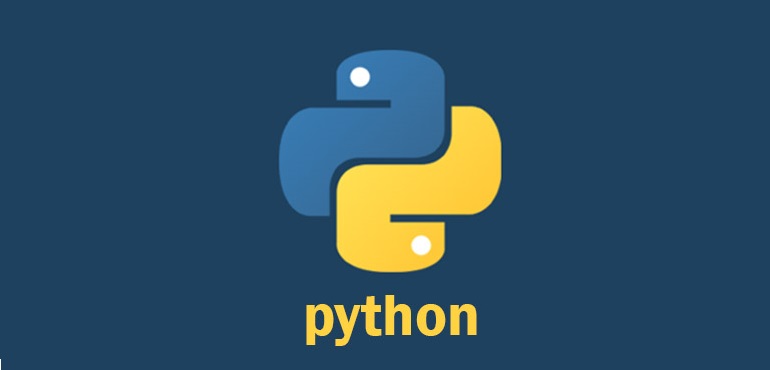Outsourcing Pricing Models and which one is best suited to you
For calculating a price, the pricing model is basically a computerized system which considers costs, anticipated margins, etc. When interrelating with an outsourced partner for an outsourced project, choosing the appropriate pricing model could sound confusing. You need to maintain equilibrium between the risk and reward for both the parties while making sure that your outsourcing partner delivers solutions. Thus, it guarantees that you are getting the maximum value for the investment made by you. Based on your viewpoint, business has many pricing models to choose from while organizing their subsequent outsourcing agreement.
There are few pricing models which are suitable for maintenance tasks or product support, but there are several other payment structures which are found to be advantageous for long-term projects or evolving business objectives. It is necessary to have proper information in order to select a pricing model depending on the business objectives, kind of work outsourced, the length of the project and the quantity of work to be outsourced. Let’s have a look at different pricing models and how to choose the best one as per your requirement:
Variable Rate Pricing Model:
In a variable rate pricing model, you have to pay a fixed basic rate; however, you also get the flexibility to pay higher for extra services or make less payment whenever the market price declines. This pricing model is best suited to you if you wish to try out new vendor. When you are satisfied with the work quality, you only need to pay a little higher for availing extra services.
Fixed Rate Pricing Model:
In this pricing model, you would need to pay a fixed charge to the vendor during the outsourcing contract. There are lots of companies that emphasis on this pricing structure as compared to others because they can conveniently predict the outsourcing price in advance. It might not be the finest pricing model for a long-term outsourcing contract, and the reason behind this is you may be unable to decrease the cost, even when the market price declines. Moreover, it is known that this would be the perfect pricing model for short-term outsourcing projects.
Fixed price contracts could prove to be beneficial to projects as they come with a clearly stated scope and a steady set of requirements. It is found that fixed-price contracts apply all of the risks linked with the project not being accomplished on the outsourcing partner by waiting to pay them till the work gets finished. This protects your budget as well.
For long-term projects having a high value to the outsourcing partner, fixed-rate models are ideal as it incentivizes them to finish the work in an efficient manner and obtain high value from the particular contract. It is still recommended to be ready for your partners to enquire for convenience in payment terms. Certain outsourcing providers would inquire you to recompense a percentage of the contract price depending on the success of some milestones, such as finishing the front end design. Because they undertake all of the risks, it is common that they wish to confirm they are not left abandoned. Moreover, if you are very rigid on terms, it happens that you may finish up costing your business higher in the long run because certain providers will make the price of risk management within their pricing.
Pay per Unit Pricing Model:
You can choose this pricing model when you wish to pay only for the service you used. In this pricing model, the vendor would provide you a unit–based set rate and then you need to pay for the service, on the basis of n the quantity of your usage. In order to understand this, for instance, whenever you outsource maintenance services, it happens that you need to pay for the total number of units used by you to use the maintenance service.
Performance Based Pricing Model:
If you wish to pay the service provider based on their performance, this pricing model is the best one. When you are satisfied with service offered, you would need to recompense your vendor through incentives. But, if the situation is such that you find the services disappointing, then the vendor will recompense a penalty. When you choose this pricing model, you are assured of the work quality because your vendors are aware that they would be provided incentives depending on the level of their performance.
This pricing model is also identified as incentive-based pricing models, and the model is often an add-on to the other traditional models. The model encompasses bonus payments to the outsourced developer in the form of a reward for satisfying performance goals in addition to what is stated in the contract agreement. It is known that incentives can compensate for limitations in fixed-price or T&M models, making sure your partner’s enthusiasm is maintained up along with your own.
Cost plus Profit Pricing Model:
This pricing model is best suited to you if you have plainly defined business objectives accompanied by static outsourcing requirements. In this pricing model, you will need to pay the actual cost along with a fixed percentage to the vendor. There is one downfall of this pricing model, and that is it does not provide the flexibility to cover changing business goals or technologies.
Bundling Pricing Model:
It is observed that this kind of pricing model is typically opted for into the outsourcing of IT services. Being an outsourcing customer, it is confirmed that you will usually pay a fixed price for two or multiple IT products/services which are bundled collectively. By choosing this pricing model, there is no much load on you in terms of payment as you actually have to pay less for two or more than two outsourcing services. You must make sure that you actually do not bundle IT product support with short-term services because you need to pay for the services, even if you do not need them afterward.
Profit and Risk Sharing Pricing Model
If you wish to become partners in the outsourcing projects, in order to get reasonable profits, then choose this pricing model. In this, you and your vendor would be equal partners in the outsourcing project. Whenever the business goals in the project are satisfied, you and your vendor would enjoy the profits. However, it is true for the reverse as the loss too would be equally shared. When you are guaranteed about the capabilities of the vendor, choose this pricing model.
Similar to the Incentive-based model, this pricing model comprises of a flat-rate, and it also holds additional payments till the time your partner reaches particular objectives. But, in this model, the service providers and client generally share funding the development of contemporary products, permitting your partner some contribution in the rewards for a definite period of time.
The model is alternatively recognized as Shared Risk-Reward Model. It is the one provokes your partners to implement ideas that enhance your business by appropriately sharing the monetary risk between the two parties. Moreover, allocating responsibilities to the partner alleviates some risks linked with new technology, processes, or models. It is possible that the outcome of your partner’s work might be tough to measure; hence you should prepare your mind to tolerate downsides as well.
While choosing this pricing model, it should be remembered that the outsourcing is basically a partnership, and none of the two parties should involve into the discussion trying to seek the benefit of the other. But the point is that evidently communicating your prospect and selecting the appropriate pricing model can essentially pass through a long way to attain success.
Many people wonder that for whom the pricing model is best suited. Customers having the level of governance are required to partner with the provider on such kind of projects. It is important that the client should not be reluctant to share in the downside or upside potential.
The plus point of this model is that it motivates the provider to present new ideas to enhance the business and equally spread the financial risk amongst the two parties. Furthermore, it lessens some of the risks of recent processes, technologies, or models by allocating risk and responsibility to the vendor. The pitfall of the pricing model is that results can be tough to evaluate and rewards may be tough to quantify.
Time and Materials (T&M):
The T&M pricing model is traditional one among all the pricing models. You can choose this model if you wish your outsourcing partner to bid for the project depending on your requirements, the intensity of scope and the quantity of work that would be accomplished. It is known that the model functions seamlessly if your teams are expert at outlining your project requirements. By adopting this approach, your outsourcing partner would devote less time resolving problems, reducing your project completion time and also saving you from the excess money spent.
Concluding Note:
Based on your requirements, budget and time, you should choose the best and suitable pricing model which would let you set the correct price for your product. It is true that organizations utilize diverse pricing models, but each organization defines and applies them in different way.











